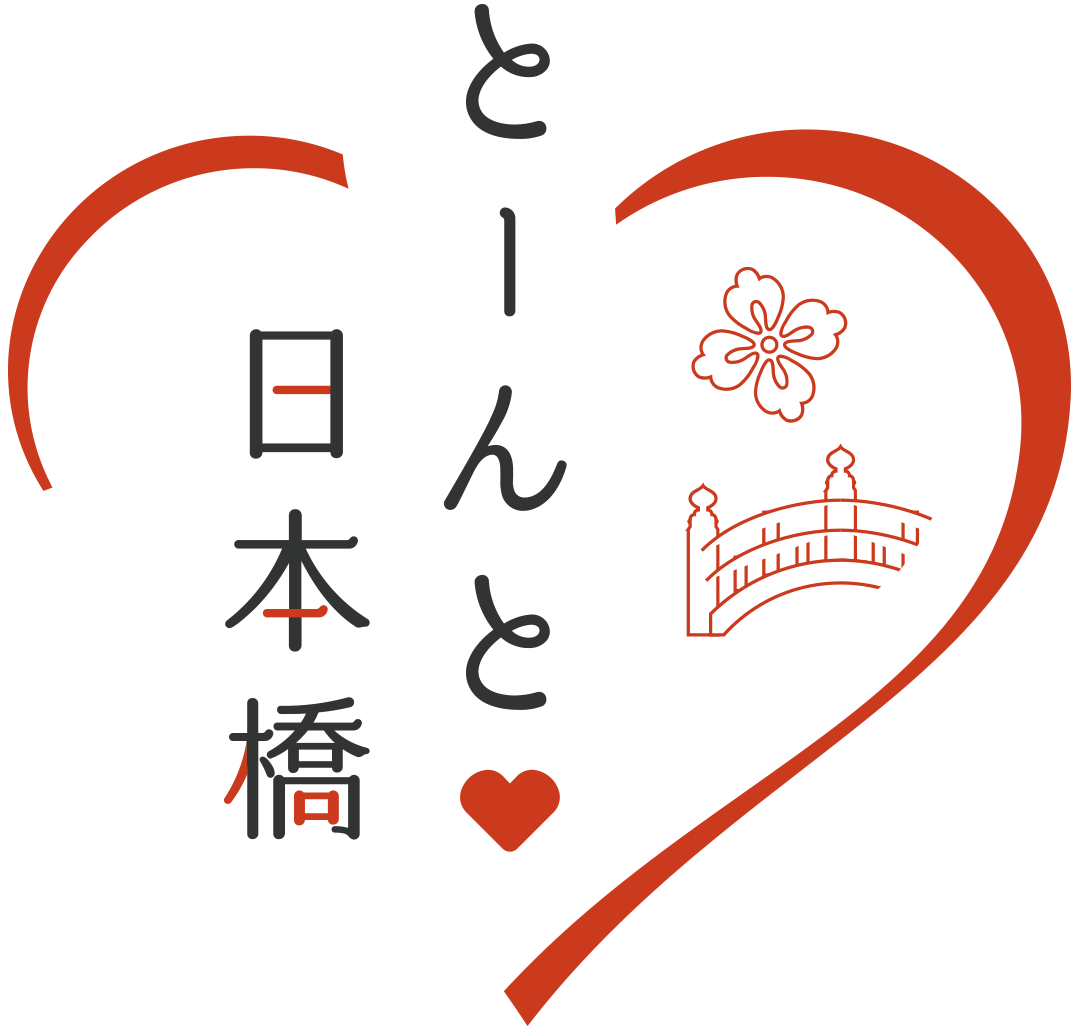Funazushi: 70 Years in Nihonbashi, from Young Employees to Family Guests.

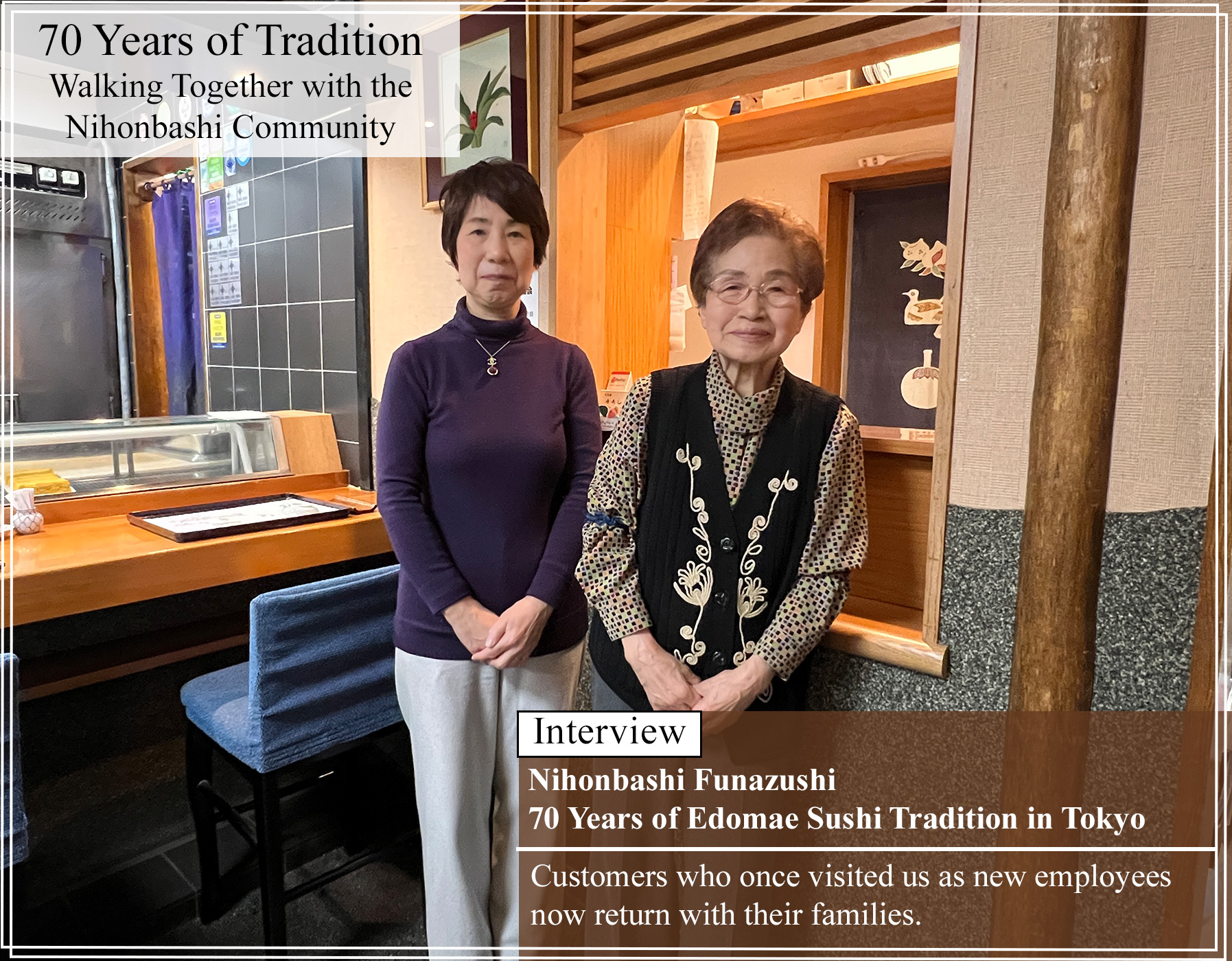
Funazushi’s Journey—A Constant Taste Amid Changing Nihonbashi
Located in Kobunacho, Nihonbashi, Chuo City, Tokyo, “Funazushi” has been a beloved presence since its founding in 1951.
The restaurant has faithfully preserved the tradition of Edomae sushi¹, earning the love of many over the decades.
What is Edomae sushi?
Edomae sushi is a traditional style of sushi originating from Tokyo (formerly known as Edo). It emphasizes using fresh, seasonal seafood, prepared with techniques like marinating, curing with kelp, or lightly pickling to enhance natural flavors.
Though the cityscape of Nihonbashi has evolved dramatically over time, Funazushi continues to carry on the spirit of “Customer First,” inheriting its original flavors and hospitality.
We spoke with Ms. Nobuko Ninaga, the eldest daughter of the founding family, about the long history and philosophy of Funazushi.
Committed to “Customer First”—A Beloved Restaurant Across Generations
—— What is the secret behind Funazushi being loved by so many for so long?
Ms. Ninaga: The core philosophy of Funazushi has always been ‘Customer First’ since the very beginning. This mindset has never changed in over 70 years and has been passed down through generations. We have always considered what our customers want and have placed the utmost importance on providing a comfortable dining space.
—— So, at Funazushi, relationships with customers are cherished, and long-standing trust has been built over the years.
Ms. Ninaga: Our sushi chefs have worked here for over 30 years and have long helped protect the unique taste of Funazushi.
For sushi chefs, technical skill is important, but so is trust and human connection. My mother (Kazuko Fukazawa), who still works on-site, has built that trust with her character. By working together for so long, the chefs have deeply understood our flavor and tradition.
—— What kind of customers typically come to Funazushi?
Ms. Ninaga: One of the things that makes Funazushi truly special is the number of customers who have been with us for decades. Many of them first came as young professionals—businesspeople and local company presidents—and have continued to dine with us even after retirement. It’s incredibly heartwarming to see such lasting relationships, and we’re honored to be a part of their life journey.
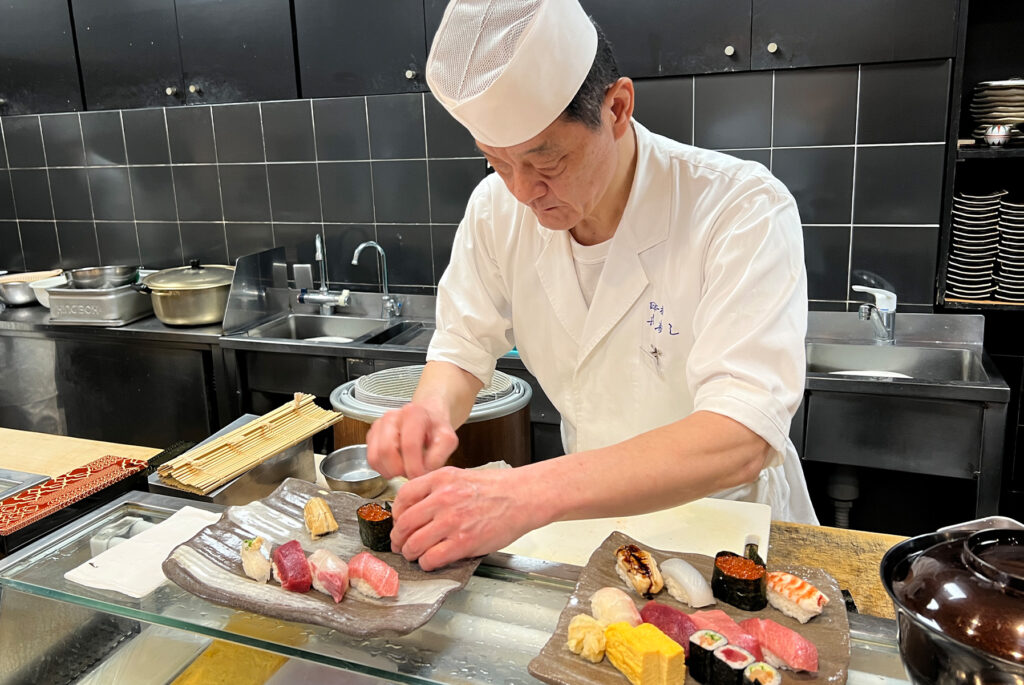
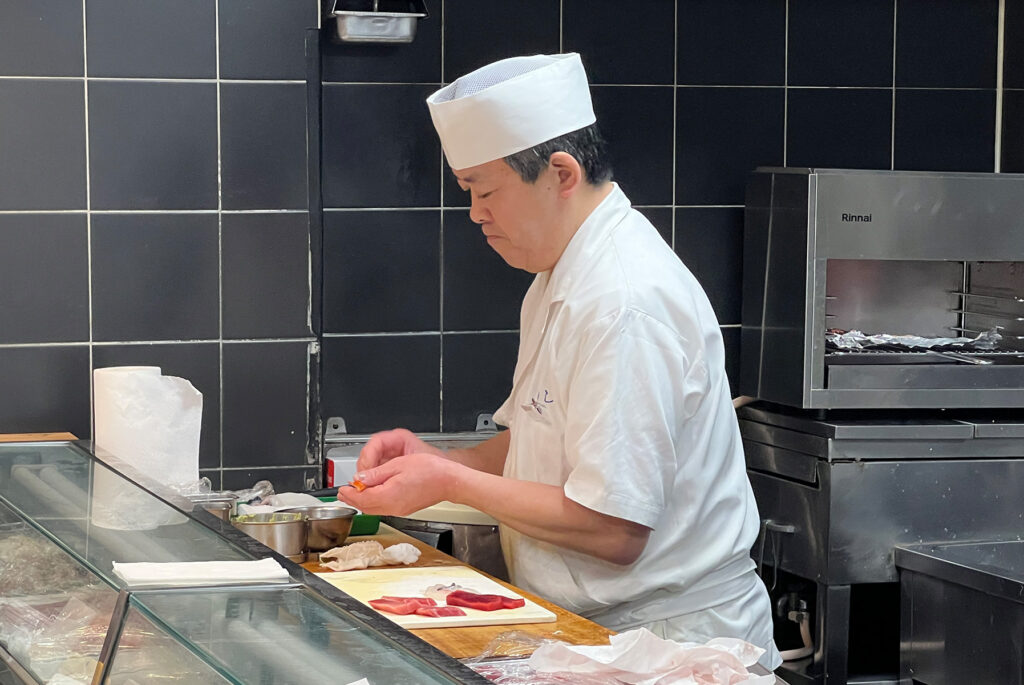
The History of Funazushi
—— How did Funazushi originally start?
Ms. Ninaga: Our family originally ran a kimono textitle shop. Nihonbashi has always been a commercial hub, bustling with artisans and merchants. Amid this atmosphere, my father decided to open a sushi restaurant and founded Funazushi in 1951.
—— So it was originally a kimono textitle shop. Why did the business shift to sushi restaurant?
Ms. Ninaga: After the war, Nihonbashi underwent significant changes, and as people’s lifestyles continued to change, interest in food culture grew. At the time, sushi was a special meal enjoyed on important occasions, and I heard that my father wanted to create a restaurant beloved by the community.
Ms. Ninaga: After the founding, we steadily gained more customers, and at our peak, Funazushi had three locations in the Nihonbashi area. Local residents and nearby businesspeople supported us, and we were often used for company gatherings and client dinners.
—— We’ve heard that your mother, Kazuko Fukazawa, played a major role in running the restaurant. Did she also influence your decision to join?
Ms. Ninaga: After my father passed away in 1982, my mother took the lead in running Funazushi. She had a strong sense of responsibility and worked hard, communicating well with the chefs to support the shop. Seeing her efforts, I decided to do everything I could to help, so I left my company job around 1987 and joined the family business.
—— So your family has supported each other all this time, preserving the restaurant. When was the current building constructed?
Ms. Ninaga: We rebuilt in 1991. The old building was aging, and we wanted to upgrade the facilities so customers could enjoy their time here more comfortably. We added counter seating on the first floor, private rooms on the second, and table seating in the basement, allowing us to accommodate business meetings, family gatherings, and parties.

Commitment to Edomae Sushi—Uncompromising Craftsmanship
—— What are some of the unique features of Funazushi’s sushi?
Ms. Ninaga: At Funazushi, we place great importance on adding a final touch to every ingredient. We honor traditional Edomae sushi techniques like zuke¹, kobujime², and preparing kohada (gizzard shad) to enhance the taste.
What are zuke and kobujime?
¹ zuke: a technique of marinating fish in a soy sauce-based marinade
² kobujime: a technique of curing fish with kelp
Ms. Ninaga: Our sushi chefs go to Toyosu Market every morning to hand-select the best ingredients. With chefs who have worked here for over 30 years, we’re able to consistently provide fresh and high-quality sushi.

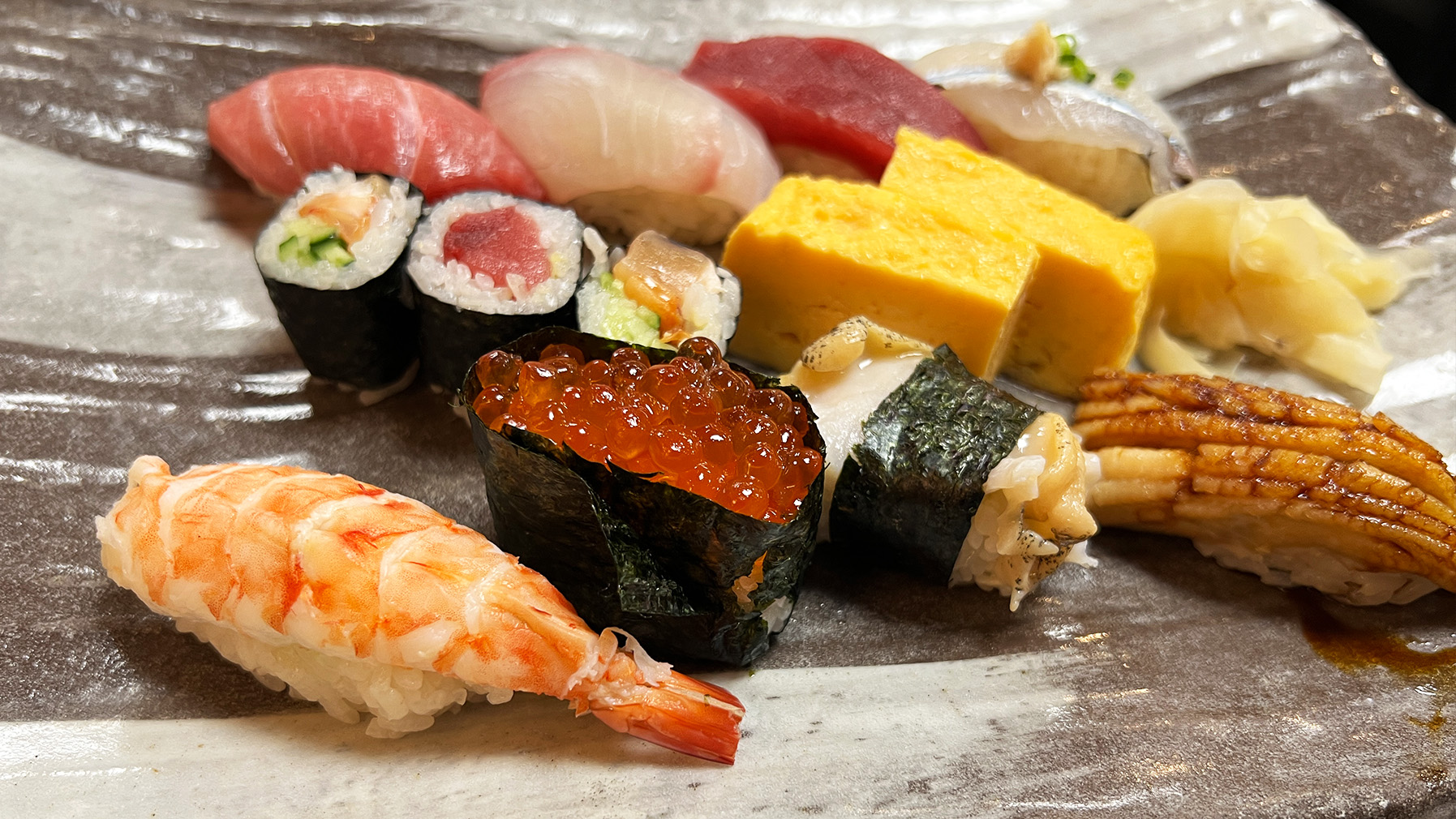
It features a subtly sweet and refined flavor, which is highly popular among our customers.

and the rice topped with kanpyo (gourd strips) was exceptional.

Responding to Societal Changes and Influences
—— The move from Tsukiji to Toyosu Market in 2018 must have been significant. What changes did it bring?
Ms. Ninaga: Yes, the move from Tsukiji to Toyosu was a significant change, but fortunately, most of our long-time suppliers also relocated there, allowing us to maintain our relationships as before. While the market’s location has changed, we continue to source fresh ingredients just as we always have and provide them to our customers.
—— In 2021, during the COVID-19 pandemic, how did you manage?
Ms. Ninaga: To be honest, many customers requested that we keep the shop open even during the pandemic. So we maintained operations while thoroughly implementing infection control measures, such as limiting service to one group at a time and installing photocatalytic air purifiers, so customers could dine with peace of mind.
Nihonbashi in Transition and the Future of Funazushi
—— How do you feel about the changes in the Nihonbashi area?
Ms. Ninaga: Back in the day, Nihonbashi was more of a business district with textile and pharmaceutical companies. There weren’t many shopping spots other than department stores. Now, with more residential buildings, we’ve seen an increase in new residents as well.
—— What are your thoughts on the future of Funazushi?
Ms. Ninaga: As the townscape and people’s lifestyles change with time, we want to continue protecting the values that never change. By valuing our connection with customers, we will continue showcasing the charm of Edomae sushi as a long-established restaurant in Nihonbashi.
—— After hearing your story today, I truly felt that Funazushi is a place that connects people. Please continue to preserve your traditional taste and hospitality. Thank you very much for your time today.
Ms. Ninaga: Thank you as well. As times change, so do the ways people enjoy sushi. But we will continue to cherish the ‘Customer First’ spirit and preserve the flavor and heart of Funazushi. Please feel free to visit us again anytime.
Shop name: Nihonbashi Funazushi (Official Website -JP language)
Address: 11-2 Nihonbashi Kobunacho, Chuo-ku, Tokyo, Fukazawa Building
<Access>
7-minute walk from Mitsukoshimae Station (Tokyo Metro Ginza and Hanzomon Lines, Exit A4 or COREDO Muromachi 2 exit) 6-minute walk from Ningyocho Station (Tokyo Metro Hibiya Line, Exit A5)
